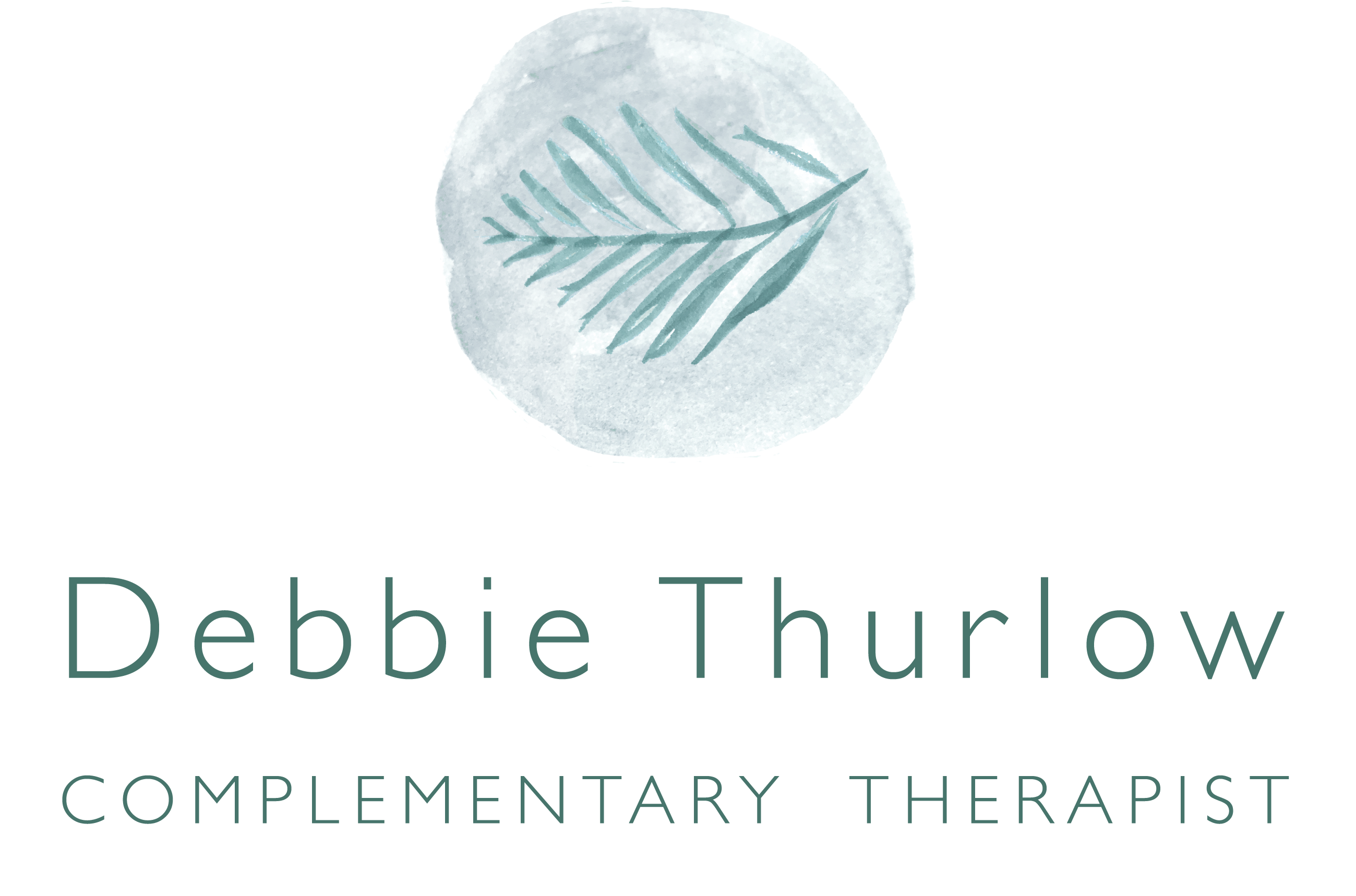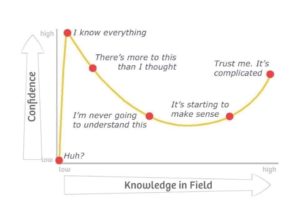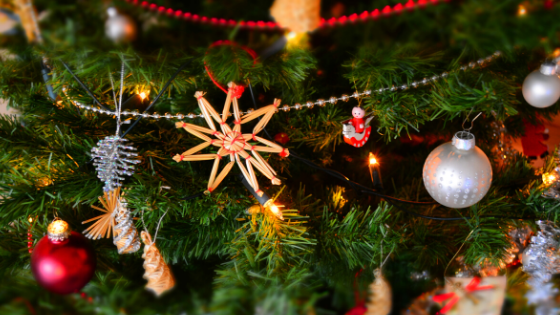New year resolutions?
January can be a hard month to get through. The sparkle and excitement of Christmas has faded, it’s cold, dark and here in the UK usually wet too. We are also bombarded with messages about making new year resolutions: “get fitter”,” lose weight”, “live your best life” “new year, new you”!
To me, January seems a terrible time for such resolutions. They often seem to fail and we’re left feeling negative before the first month of the year has even finished. Definitely not the way to start a new year as far as I’m concerned.
They also seem counterintuitive to what many of us are actually craving at this time; that is to rest. To slowly gather ourselves for the year to come, to have time to mull over ideas and plans, to eat warm wholesome food and snuggle under a blanket.
I was heartened to read that there is a good reason why I feel like this. Claire Davies, a writer from York, has explored the idea of “new year”.
Claire says: “If you’re struggling with the concept of new year resolutions you’re not alone. If the middle of winter feels like a weird time to start afresh then your instincts are right.”
Researching some of the history around this notion of “new year”, Claire found that “For centuries, the English new year began on March 25th, with the arrival of spring and the equinox…
The powers that be changed this with the introduction of the Gregorian calendar in 1752, when we realised that the Julian calendar wasn’t working from a keeping track of the year perspective. While designing this new calendar, Pope Gregory XIII also shifted the new year to January. (For reasons that I can’t fathom in my research.)”
Claire goes on to explain that: “archaeologists recently discovered evidence that early humans (neanderthals) probably cave hibernated for months over winter. Actually laid down fat reserves and went to sleep. You read that right. HIBERNATED!”
No wonder new year resolutions can feel somewhat jarring!
The Long Month
The other thing about January is that it can feel like a really long month. This adds to the sense of having to endure and get through it. Last year I challenged myself to enjoy and savour the feeling of having a long month. The rest of the year always seems to go by quickly, so I thought if I tried to appreciate something about each day in a mindful way, then the feeling of having a long month could be reframed into a more joyous experience.
This year, it feels a little more difficult to do that. Not being able to go out very much, not seeing friends, and not being able to travel out of the local area have all left me wanting time to speed up. I hate that though. I feel uncomfortable wishing time away, even though it is understandable given the current circumstances.
Could you embrace hibernation?
But trying to look at it in another way, perhaps the fact that we don’t have all the usual things to do, or places to go, might make it a bit easier to embrace the idea of hibernating.
I’ve noticed over the past few weeks that my pace has slowed down a little Even my children aren’t waking up as early as usual (some sort of miracle). Although we are getting up for school at home, we don’t need much time to get to the “classroom / work space”. So we can afford these extra minutes in bed, sleeping in later. It feels nourishing and much needed. We’re also having a bit more quiet time in the afternoons as the light fades. A sense of the day closing up earlier.
Of course, many of us are still having to leave the house for work, but perhaps by adopting a slower pace when we can – at the weekend, or on days off – we might be able to tune into the hibernation vibe of days gone by.
My top tips for embracing hibernation are:
- Go to bed earlier than usual
- Eat hearty, warming and wholesome food
- Draw the curtains as soon as it gets dark and light a candle or two
- Read a book or watch a film whilst snuggling under a blanket
- Daydream about things you’d like to do in the coming months
Hibernation doesn’t suit everyone, of course – so it’s also good to remember that the light is building as each day passes, and there is still growth and renewal happening out of sight underground.
However, it really is ok to enjoy this Winter pause. Don’t feel bad for wanting to slow down. Remember the urge to hibernate is part of our human history. Perhaps it is the fast pace of modern life that leads us to forget the value of resting.
As Claire Davies reminds us: “nowhere in our history is there evidence that it is human nature to be bright and perky, popping off to the gym before dawn and nibbling low calorie foods while we fix all of our so called personality defects ALL AT ONCE during some of the coldest, shortest days of the year.”
Maybe it’s time to reclaim our need for hibernation…










